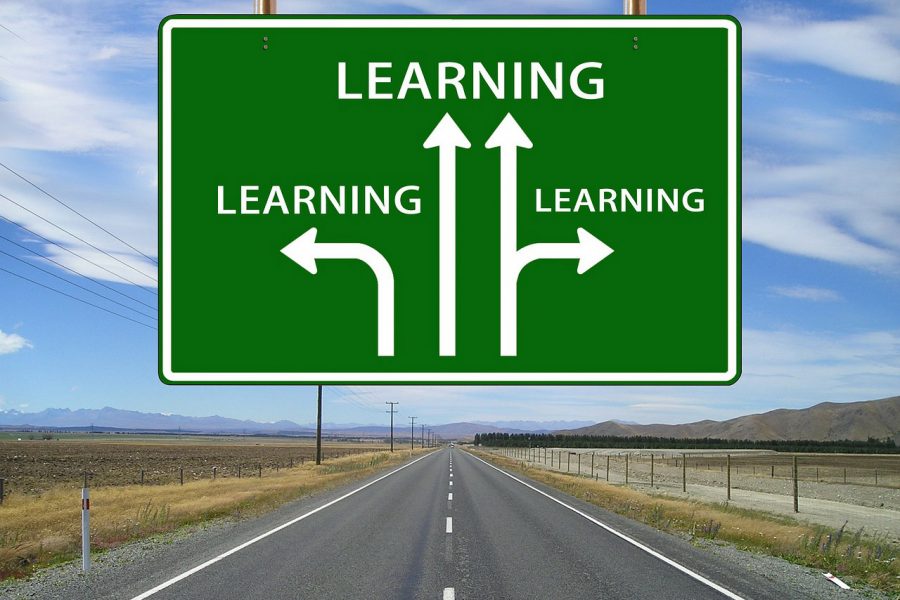College Readiness vs. Life Readiness
High school students have spent their whole lives preparing for just four years of their lives
It seems that from the moment we are born, people have been asking us where we want to go to college. College is something that is looked forward to throughout adolescent life and is the goal which all students keep in mind as they work through high school. However, the fact that college is the only perceived result of all this work is something that few students think about. Think about it: students are spending four years of high school trying to get into a college where they’ll spend at least another 4 years, not to mention having received college-preparatory instruction practically since preschool. This is a wake-up call that students are not truly being prepared for life as a whole, but just for college.
It’s hard to pinpoint a specific time in a child’s educational life when learning is no longer purely for the sake of learning and begins to shift towards college readiness. One could argue that third grade, when students first take the State of Texas Assessment of Academic Readiness (STAAR), is the first time that education begins to focus on skills needed to get into and succeed in college, rather than skills needed to succeed in life. Some say the seventh grade at Highland Park Middle School, when students take semester exams for the first time, is when students truly begin getting into the college mindset. Many high school students have no idea that, for the most part, they are learning skills and strategies that will help them get into college, but may not be particularly useful upon entering “the real world.”
On top of classes which emphasize college preparatory skills, high school students are typically involved in numerous extracurricular activities. While many students are involved in these activities such as sports, clubs, and volunteering simply because they enjoy them, a lot of students have been subliminally conditioned to do these activities because they will “look good” on college applications. These students’ schedules may be full of extracurricular activities now, but what about after high school, when there isn’t as much of an incentive to get involved in something? This mindset of having to be well-rounded to be attractive to colleges, while beneficial for being accepted to prestigious institutions, can set students up for failure in the future when they have no specific reason to participate in their communities just for the sake of it.
However, this apparent “race to nowhere” in school and other activities doesn’t have to have a negative effect on students’ lives beyond high school. By simply taking a moment to consider why they are learning what they are learning or why they are doing what they are doing, students can realize that all of this can still be applied to the real world. While the education system definitely needs to be tweaked to focus on life skills and knowledge that will always benefit them, students need to try to free their minds from the college preparation matrix. After all, while the years spent at college are among the most important years of life, we need to be preparing ourselves to be independent, thoughtful and productive citizens long after we leave those hallowed halls.



